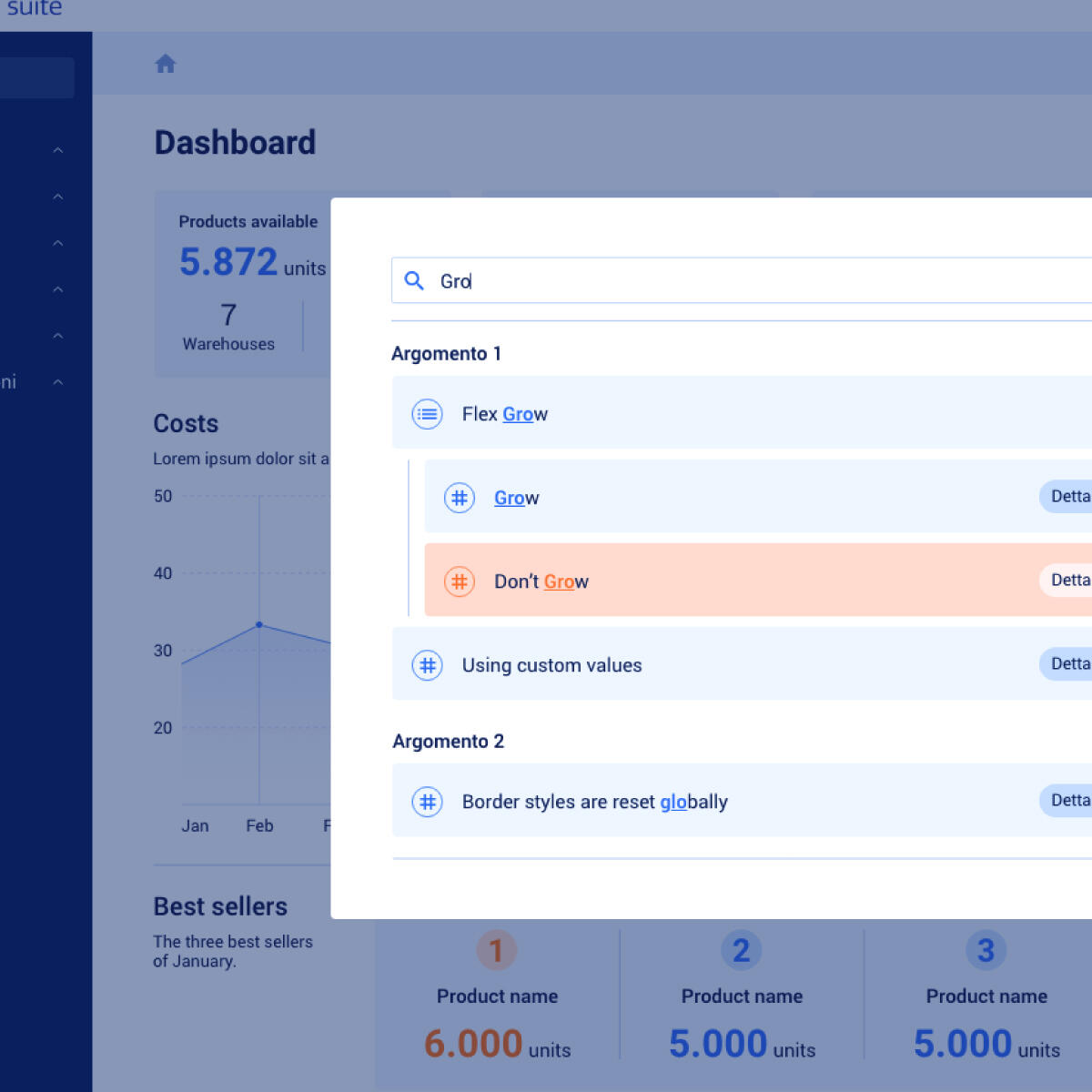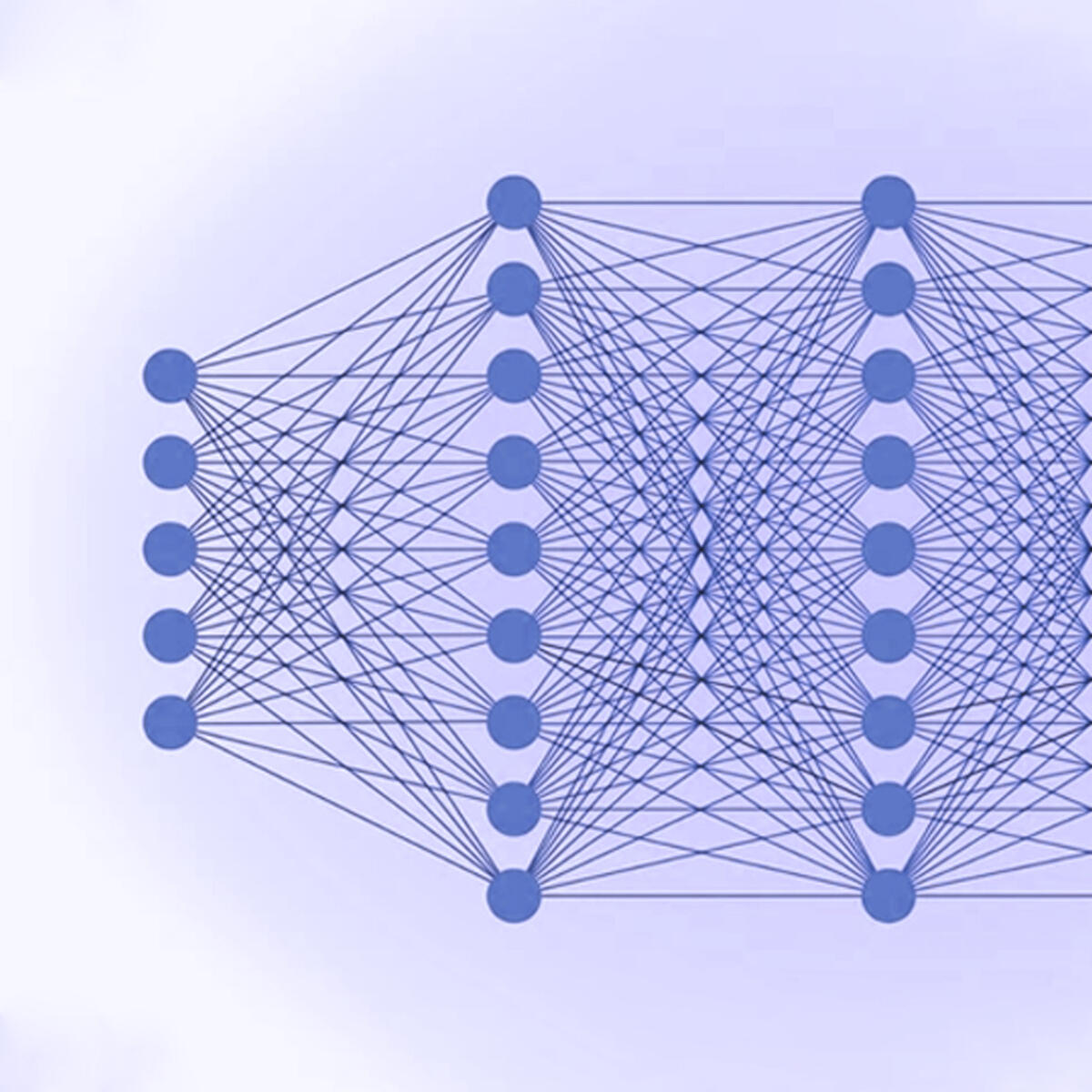NLP (Natural Language Processing) algorithms are used to understand and process documents and texts produced in 'natural' language. It is an advanced technology that enhances machines to bring them closer to humans. Such an AI can extract data from various sources, then classify, organize, and reprocess them. To shape texts and generate reports without any human intervention. To simplify the administration of your informational capital.
Analysis models based on Natural Language Processing algorithms open up your business horizons: they increase automation opportunities, broaden the scope of analysis, and streamline workflows.
Having such an immediate analysis and organization tool in hand lightens your company's workload and reduces the time your employees waste on documents, bureaucracy, and paperwork.
A generative AI, based on NLP algorithms, can interact with users in a natural and intuitive way: consistently using human words and expressions and making human-machine interaction a chat between colleagues.
The advanced language manipulation capabilities allow the algorithms to detect and correct errors and distortions in your documents. This way, you can reduce oversights, optimize your content, and create order in your company archives.

Based on a Transformer architecture with the 'encoding' part removed, LLMs allow for advanced interpretation, synthesis, and analysis of any type of text.

Semantic search techniques go beyond literal search: they consider context and meaning affinity to retrieve any sought knowledge.

Generative AI can be integrated with retrieval and evaluation capabilities to limit hallucinations and generate more precise and authoritative outputs.